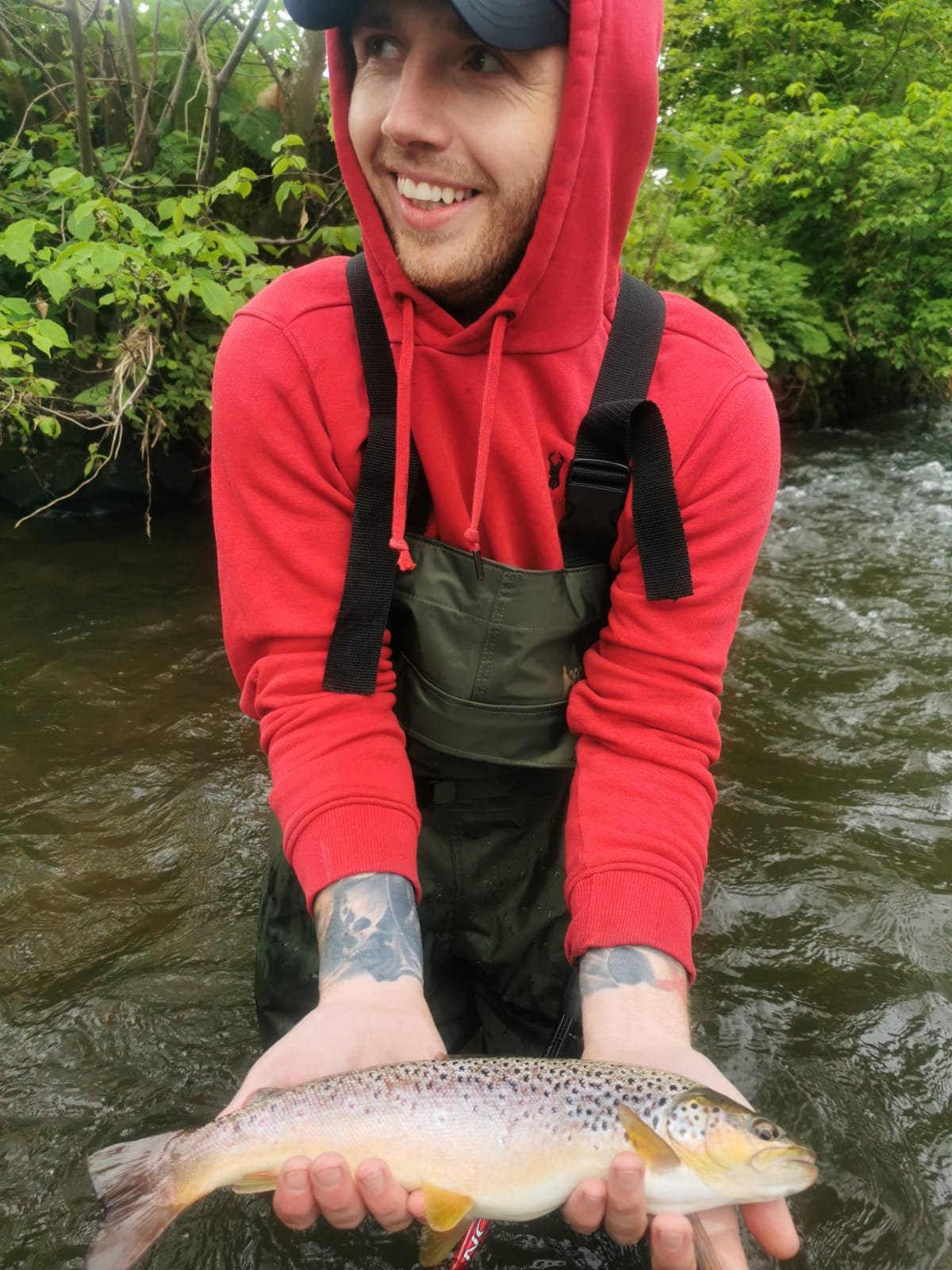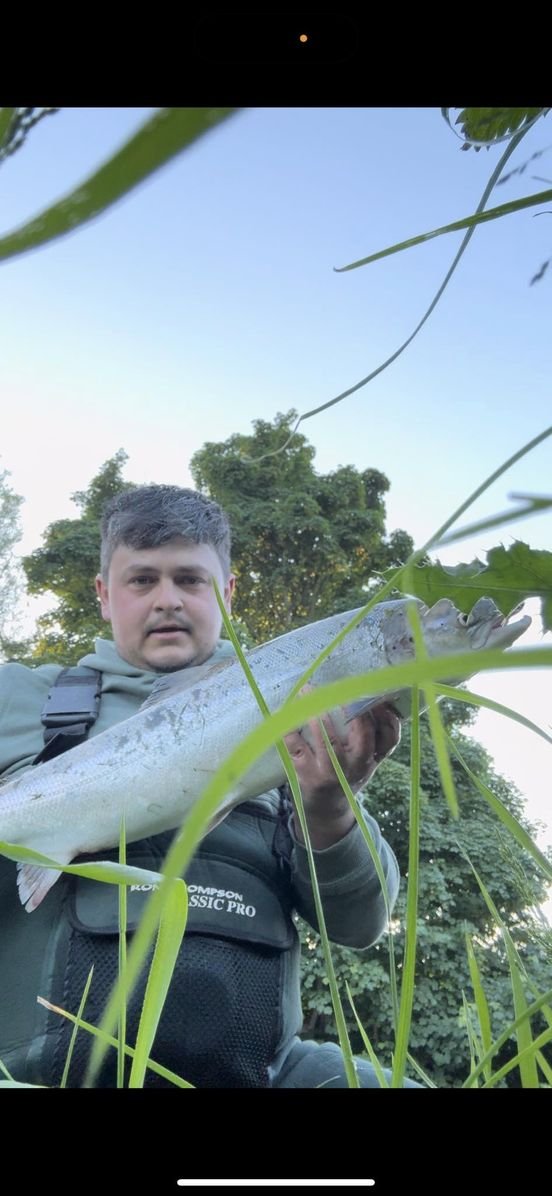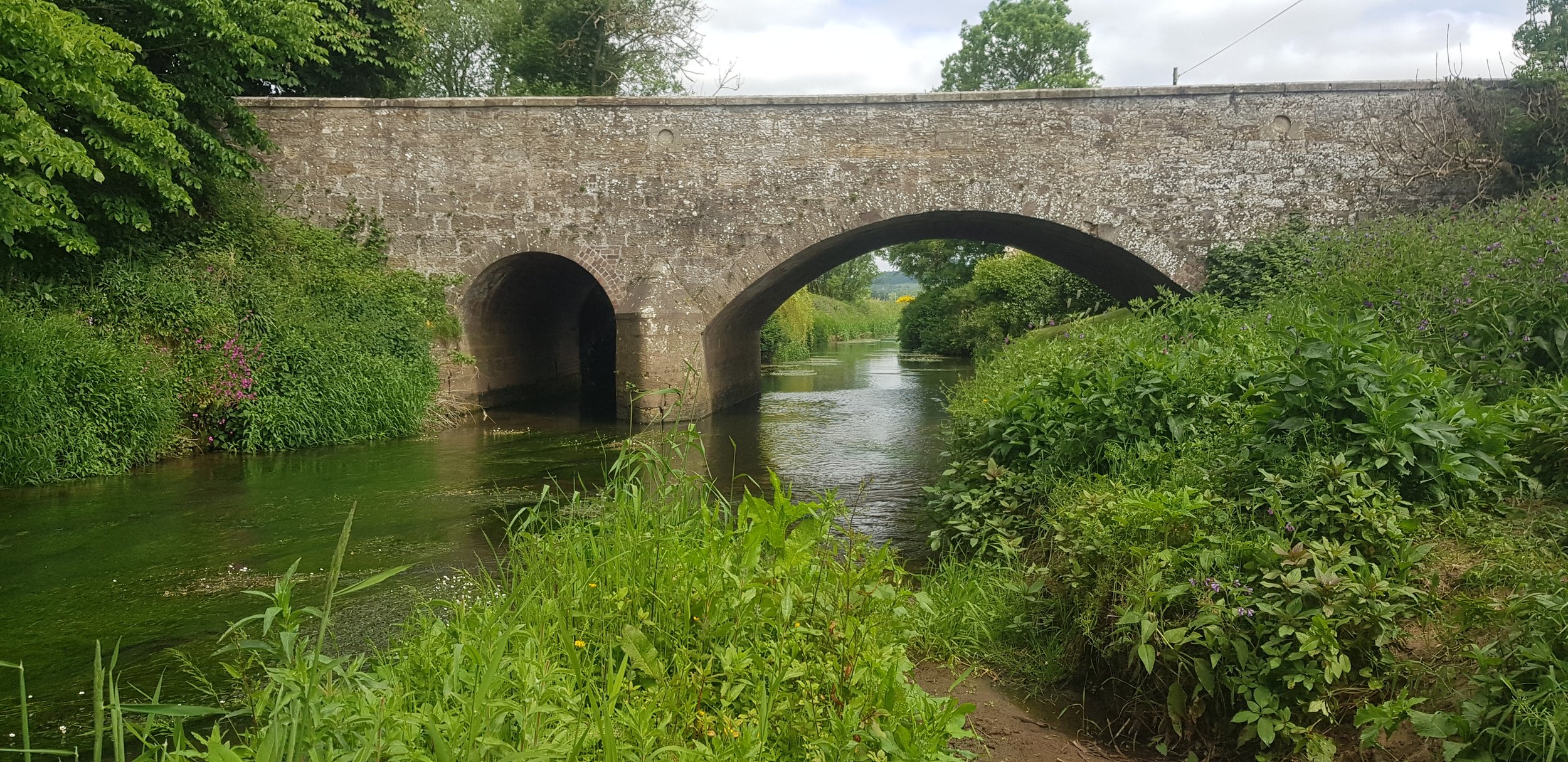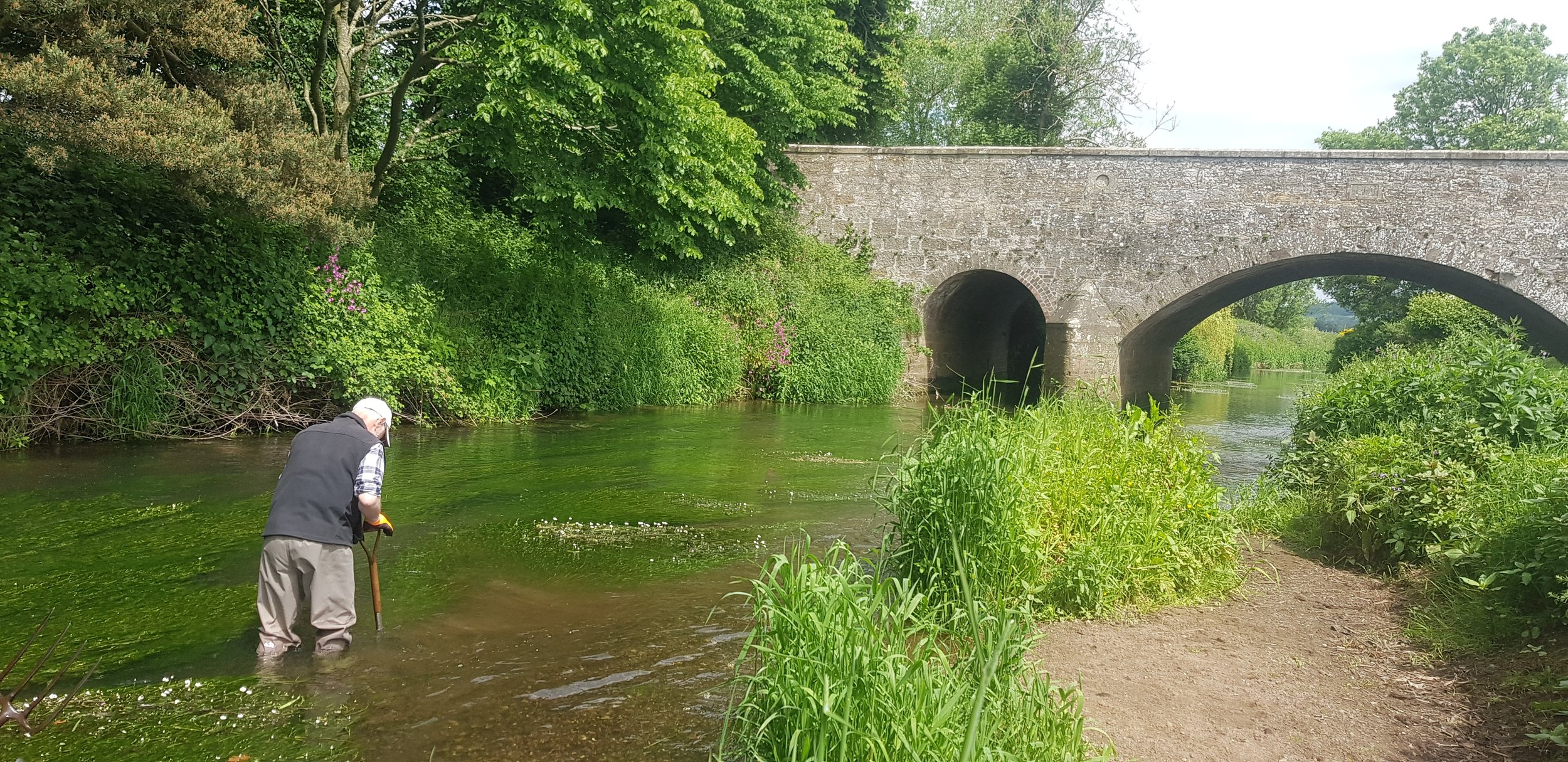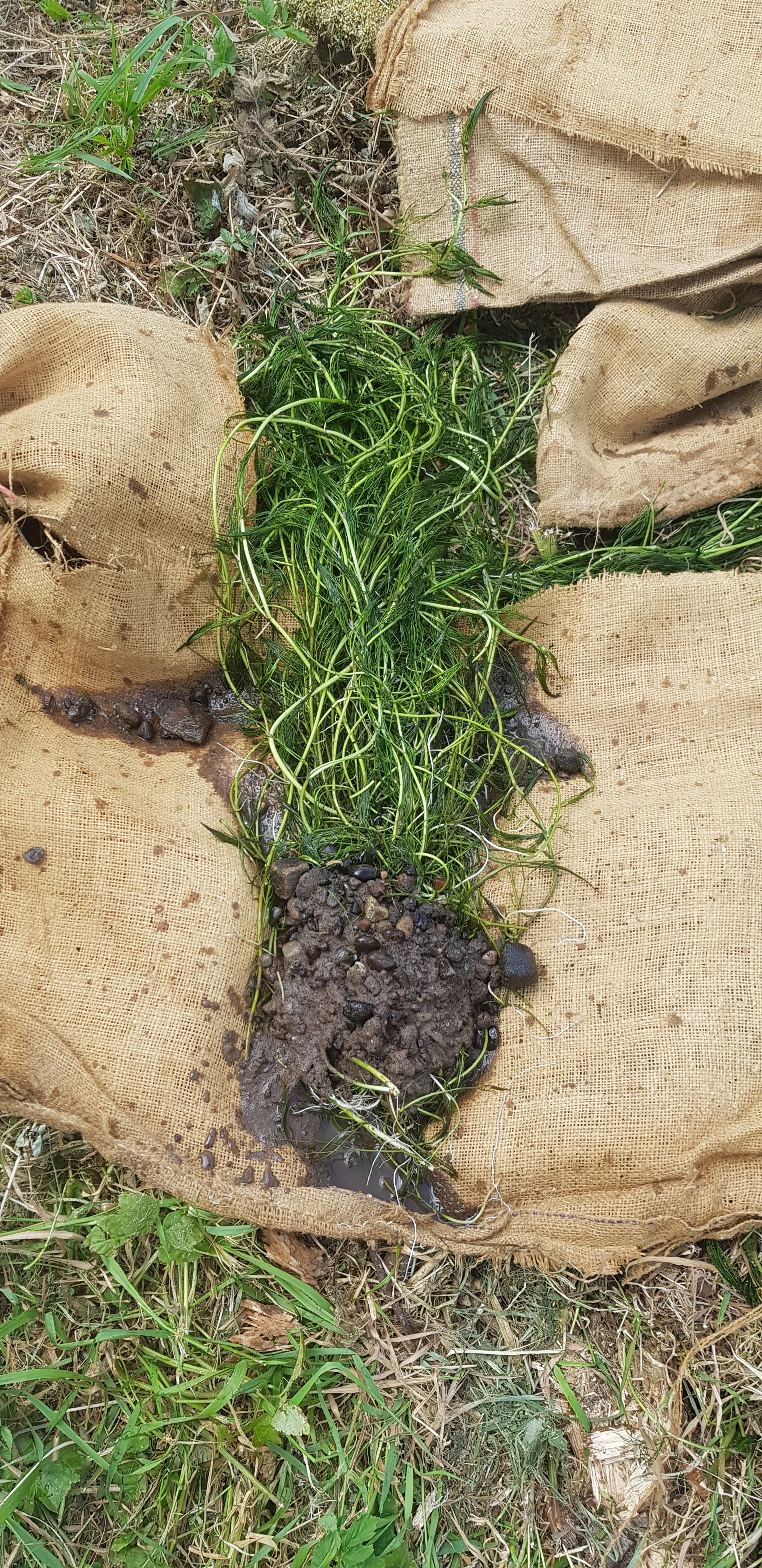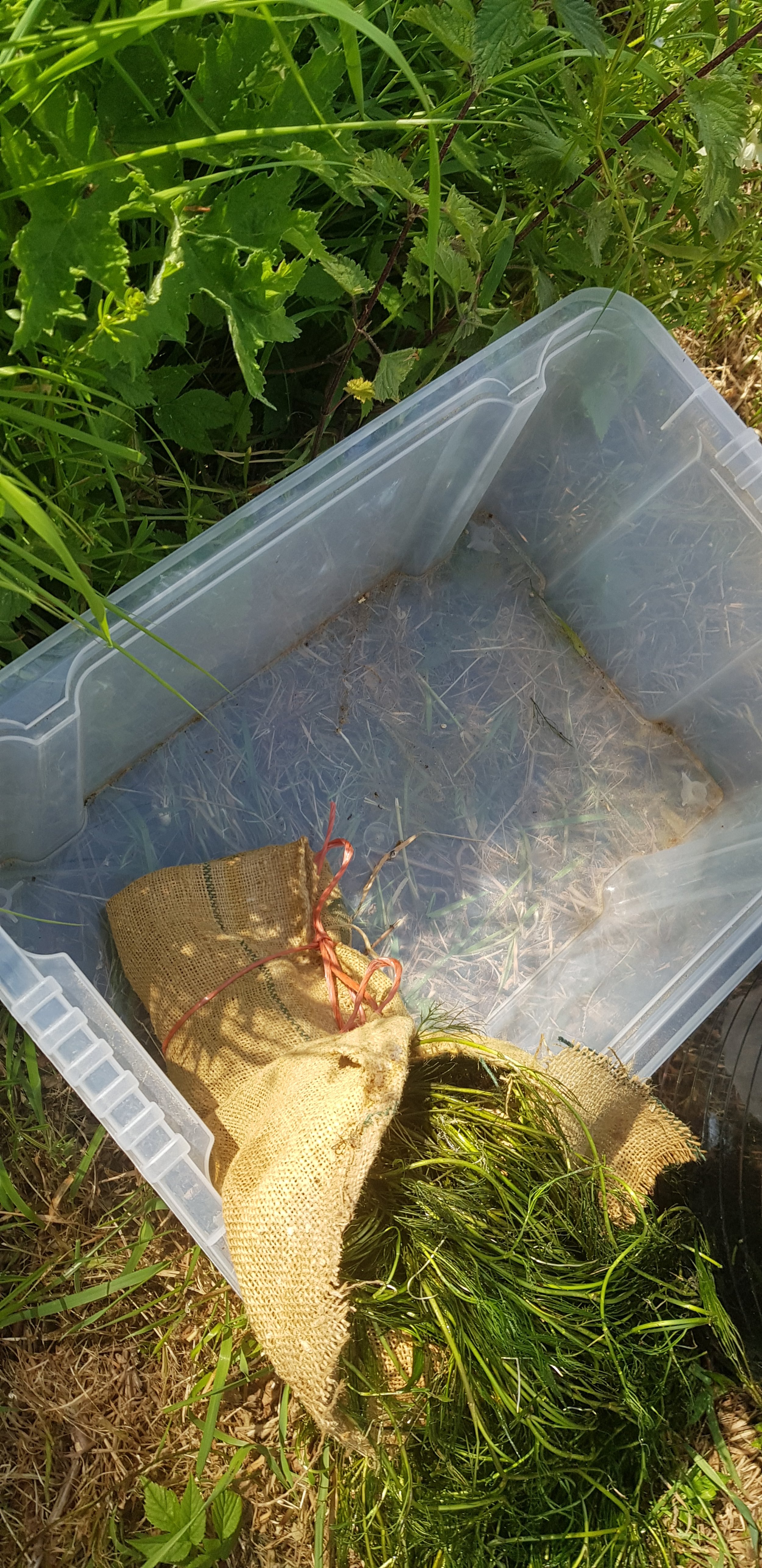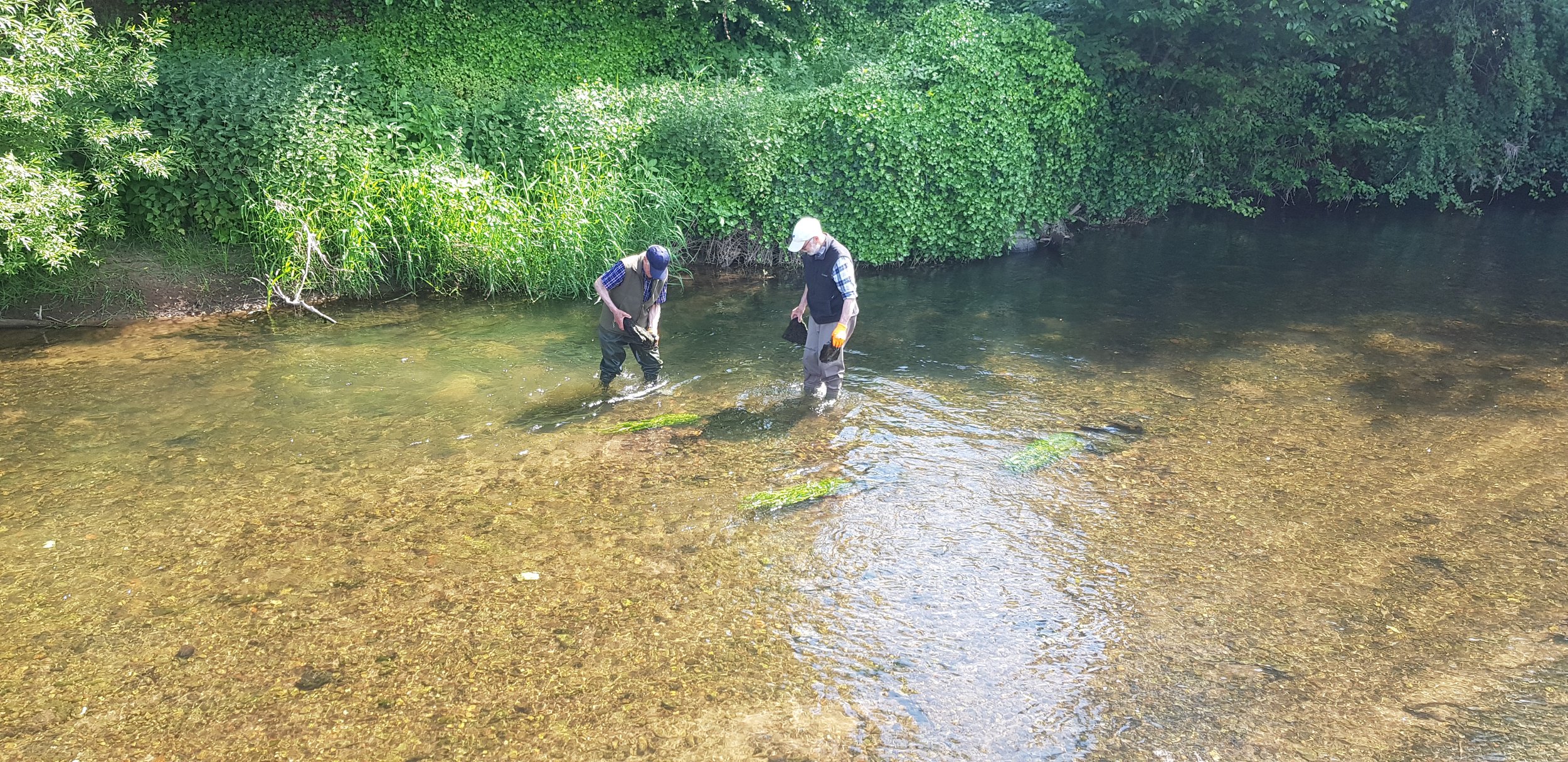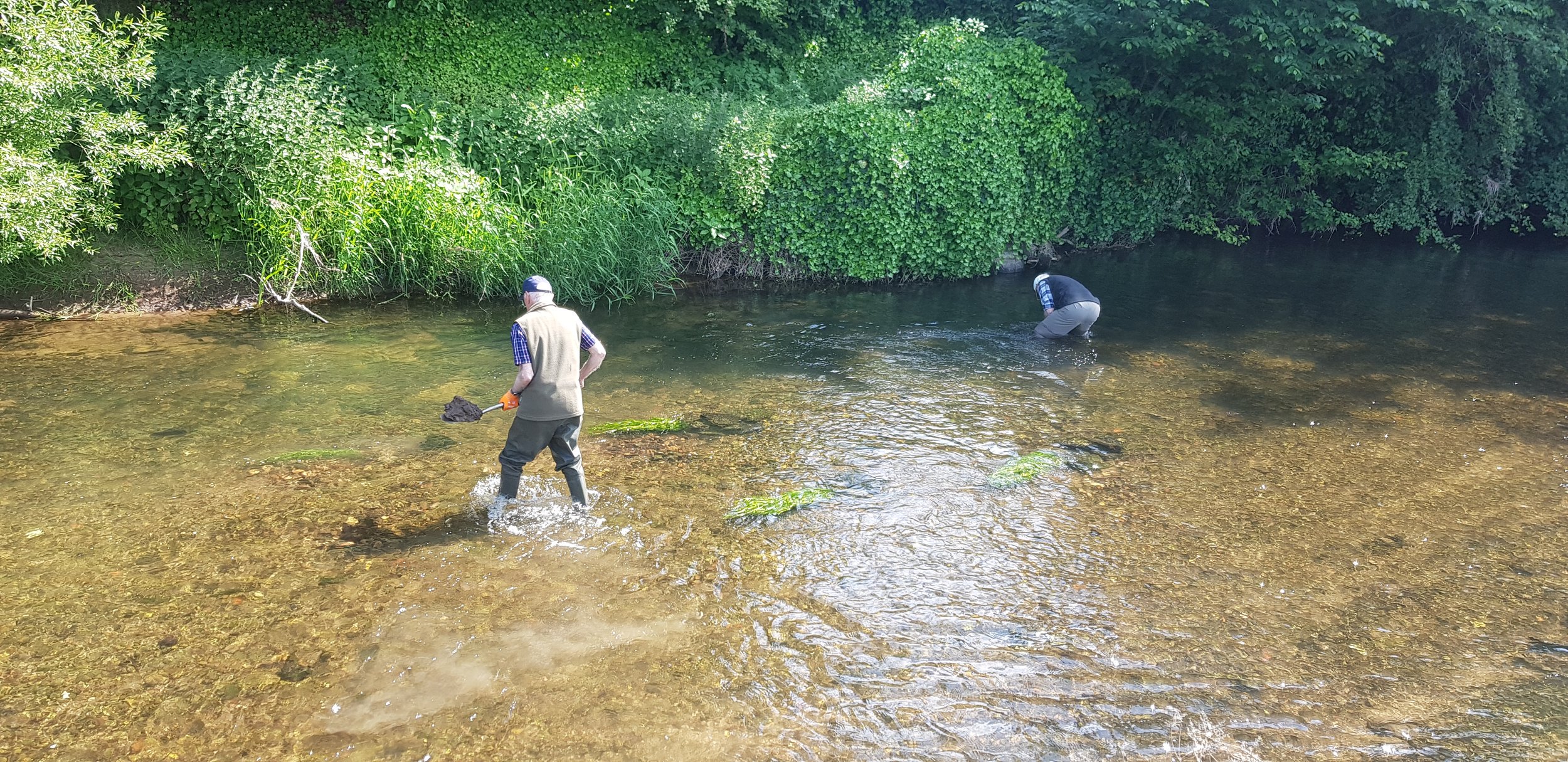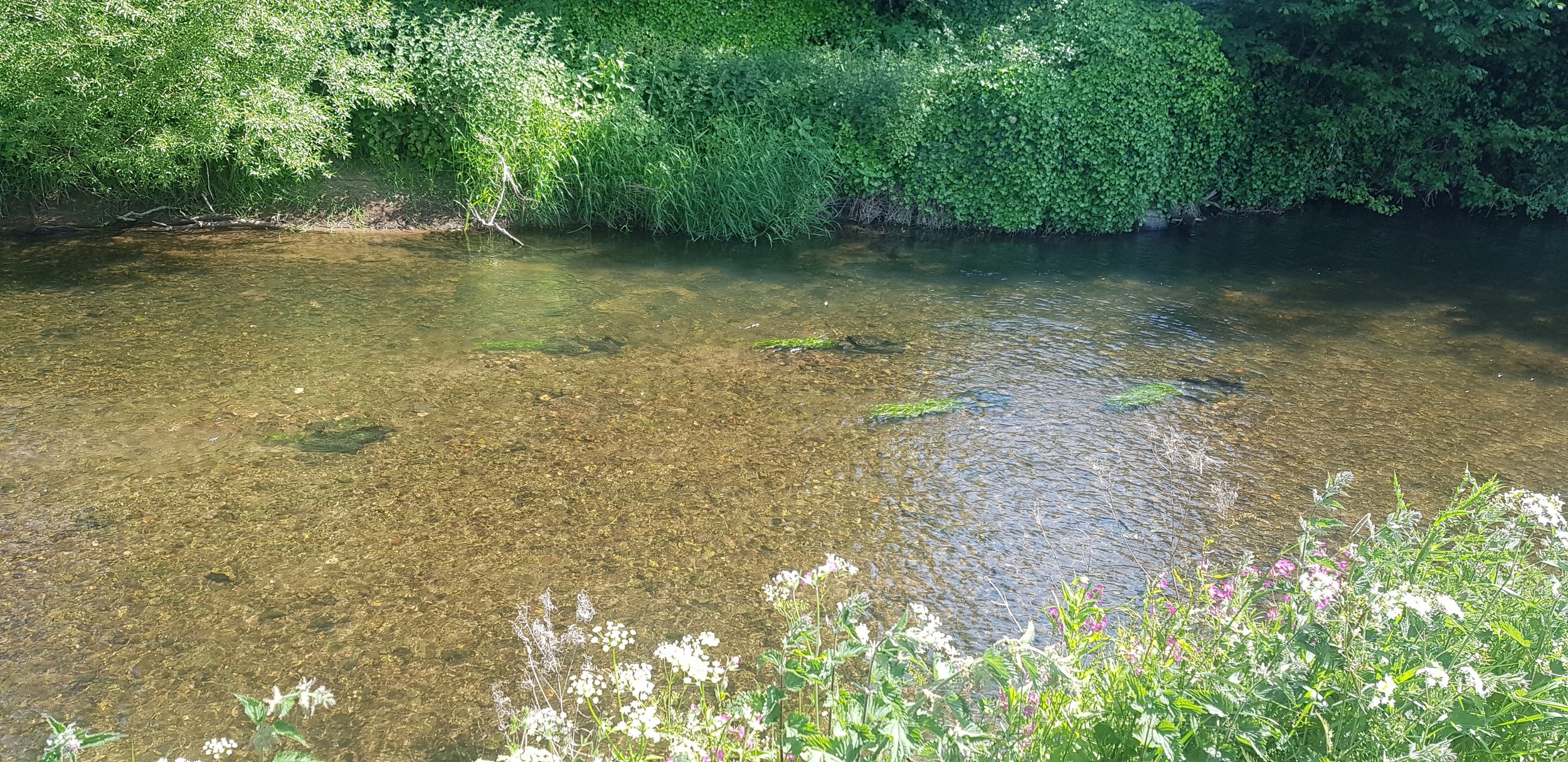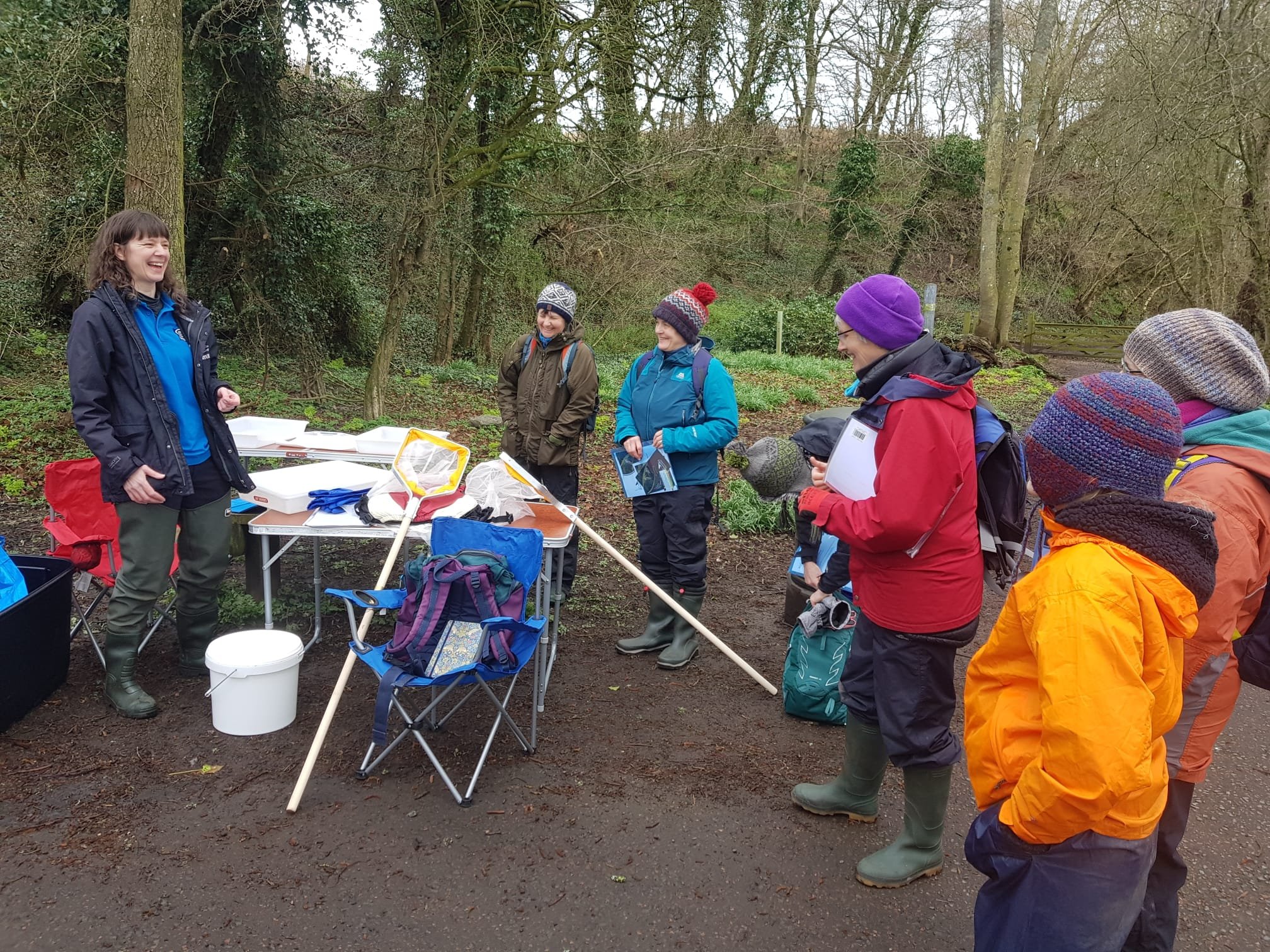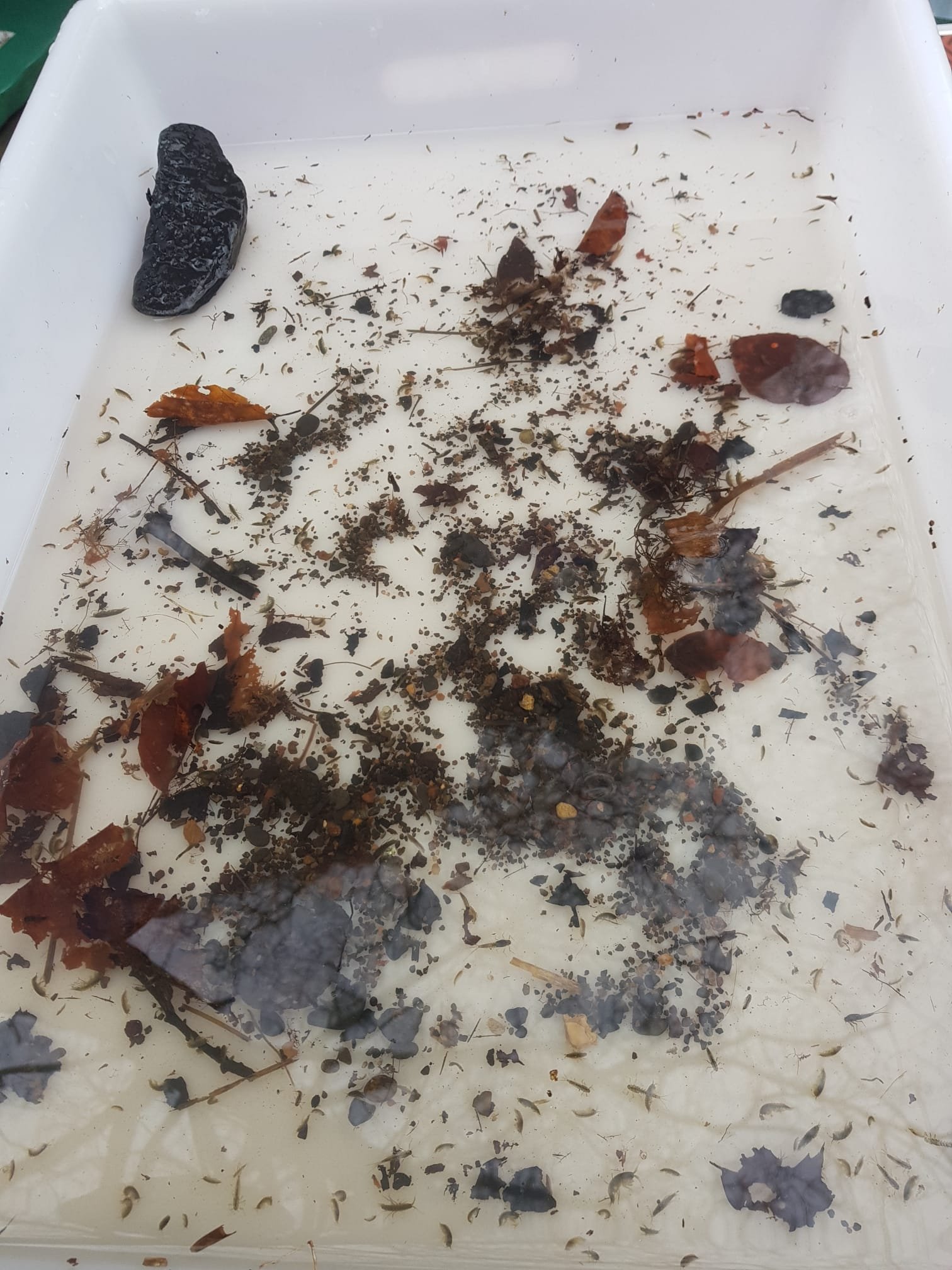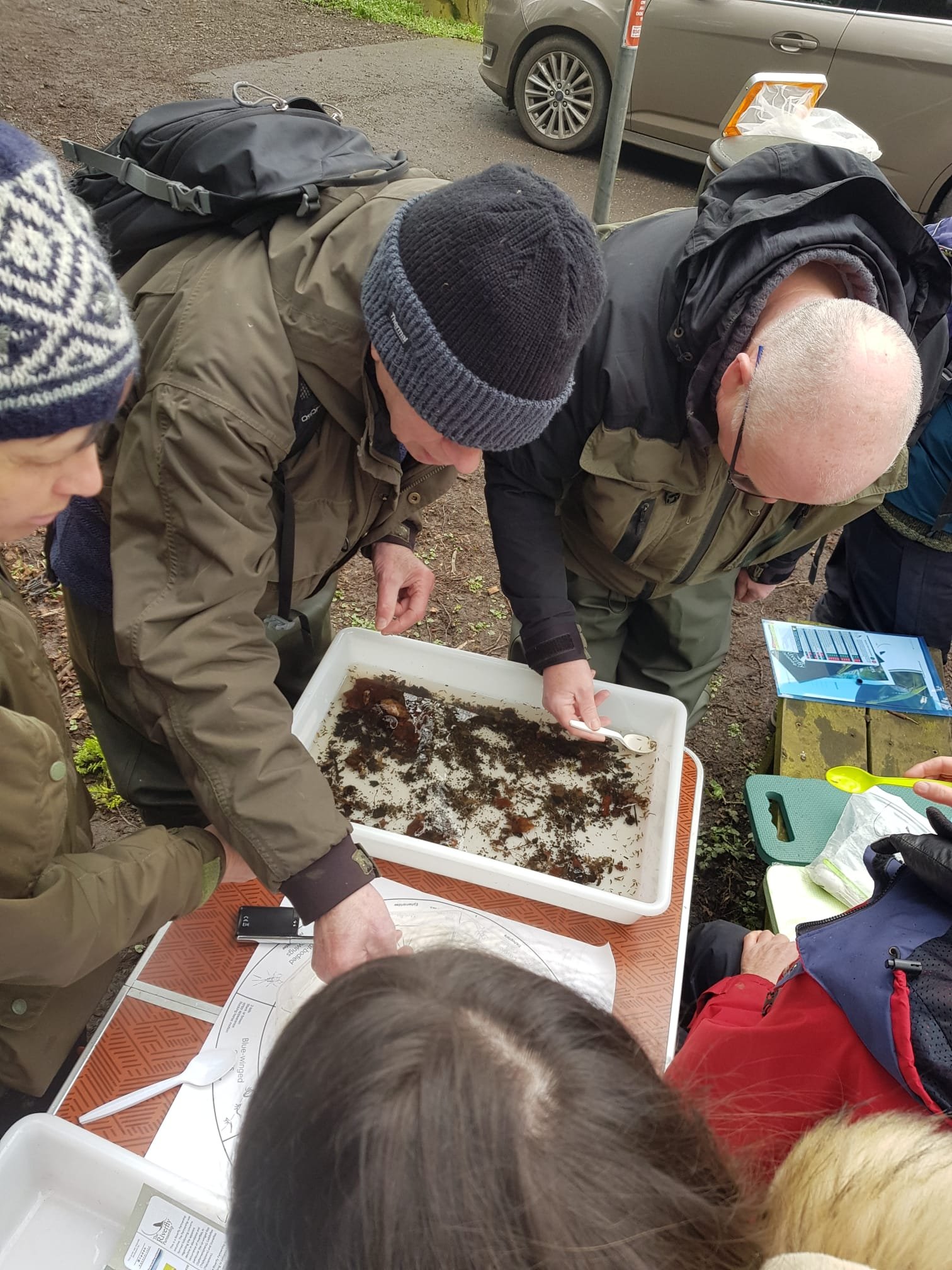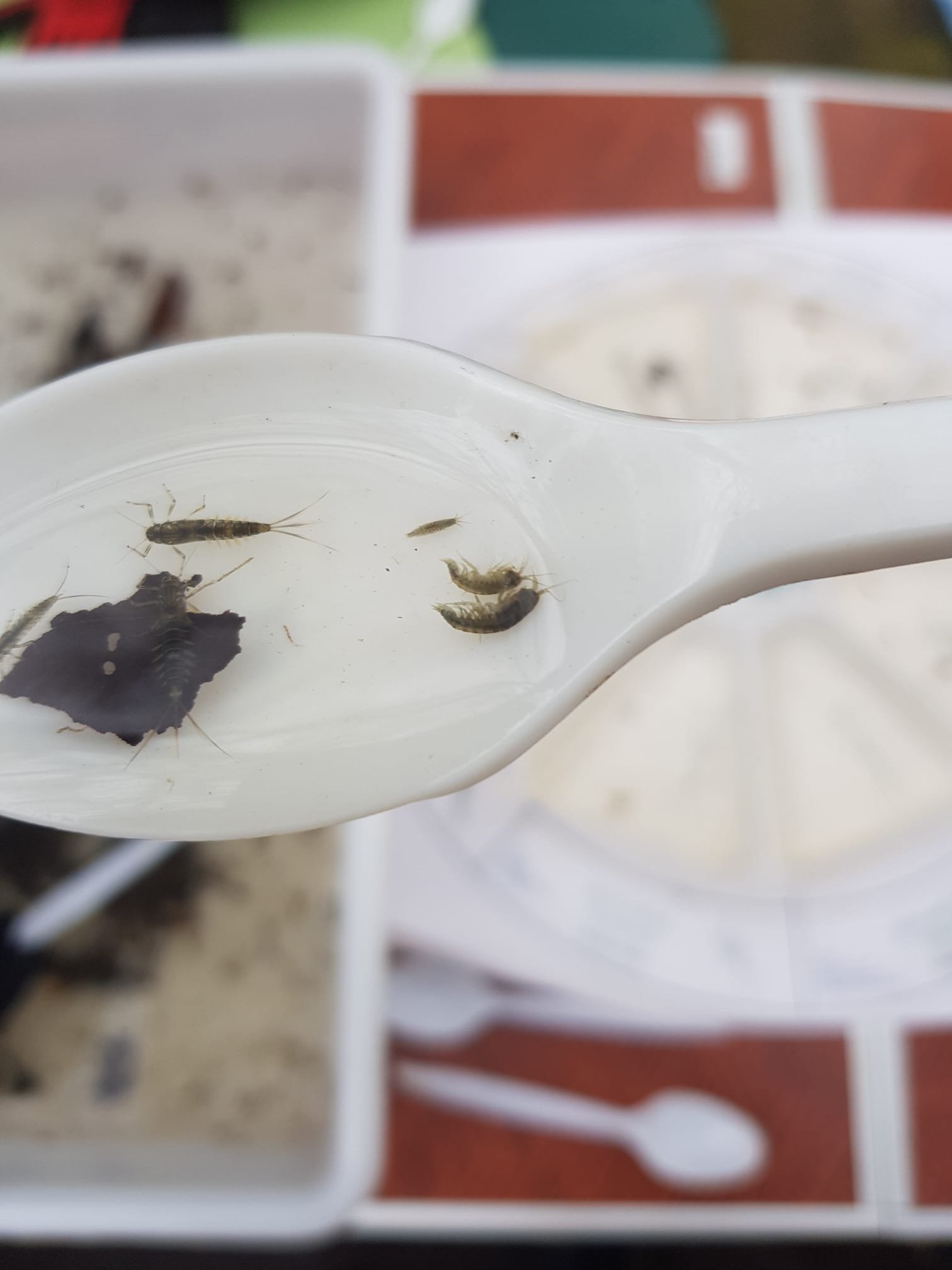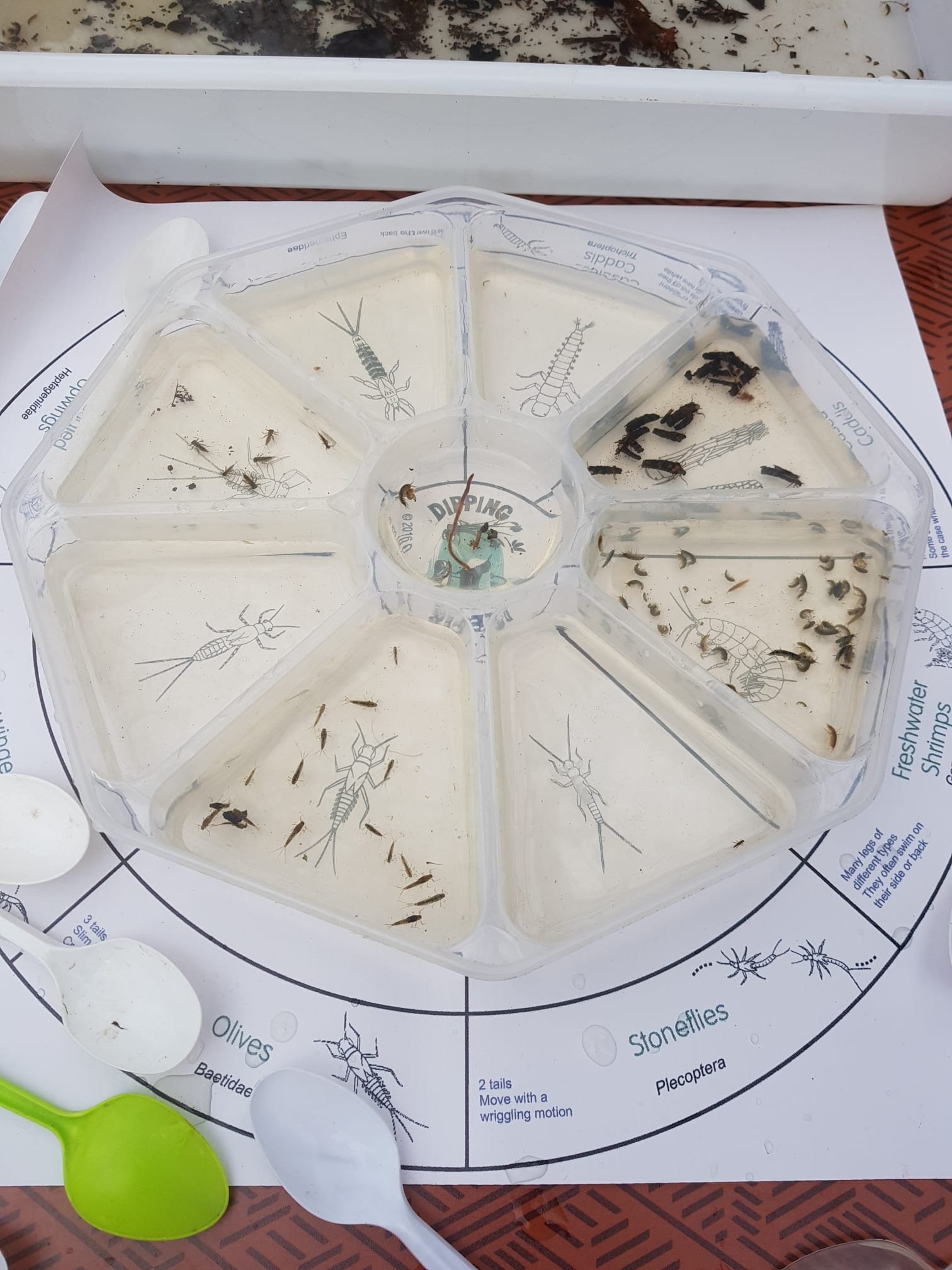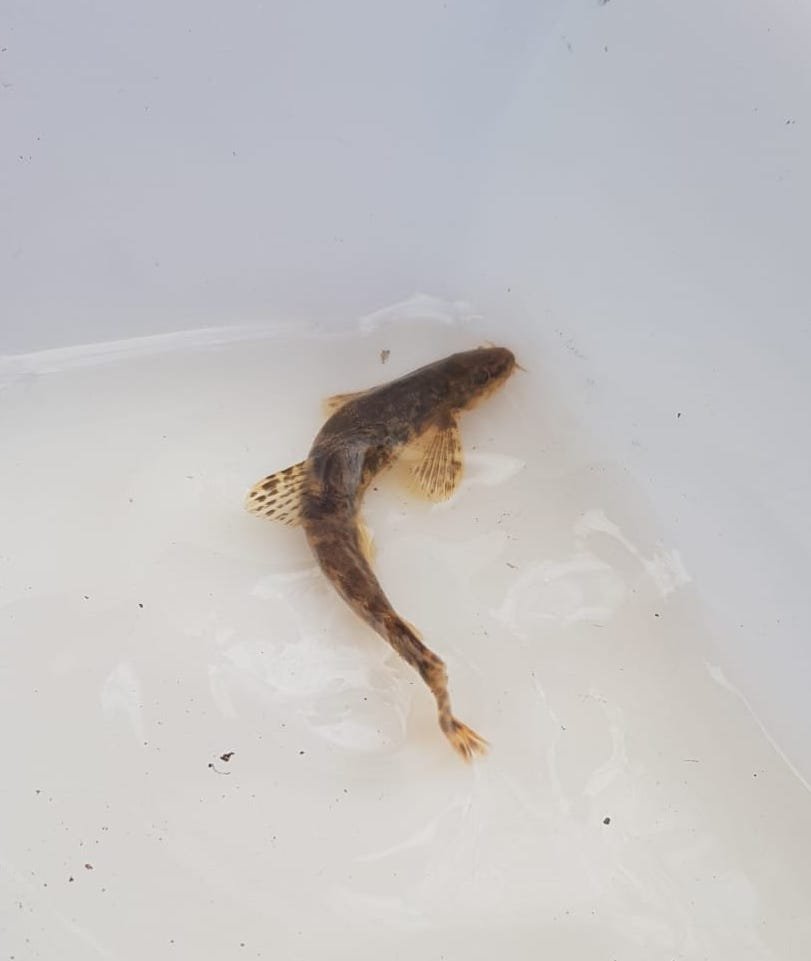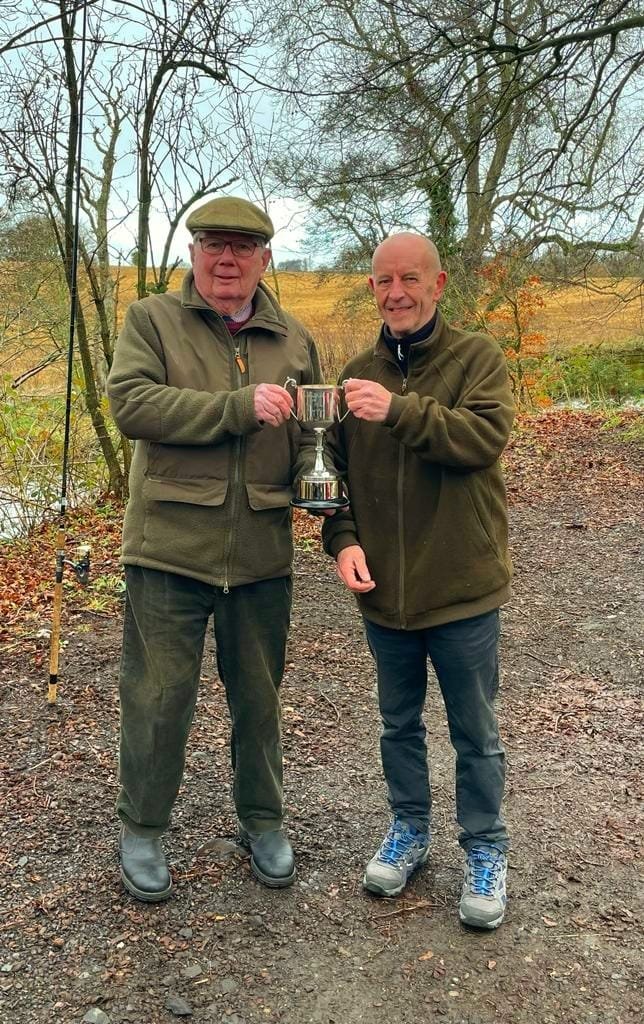Raw Sewage Spills into the Eden
We have all seen the reports nationally about the state of our rivers. However, it still came as a bit of a shock to see the published figures on ‘Combined Sewage Outfalls’ or CSOs into the River Eden. This made the local news last month when Councillor James Calder brought it up at a Fife Council meeting.
https://news.stv.tv/east-central/nine-million-litres-of-raw-sewage-spilled-into-fifes-river-eden-in-2022-scottish-water-figures-show
The full data is available to download for anyone on the Scottish Water website.
We contacted our local Scottish Water contact for comment. Here is a summary of their detailed response:
Question 1
Are you aware of, and can you share, specific timelines for improvements to the monitoring regime for the Eden or plans to reduce discharges from CSOs or SSSOs?
Answer 1
The majority of what is spilled from a sewer overflow is rain water, with less than 1% being sewage from toilets. They are an essential part of the waste water network as they reduce the risk of water backing up into homes, streets and businesses.
Our aim is to deliver water quality improvements to protect water quality and reduce Sewage Related Debris for 108 sites before 2027.
1000 monitors will be installed across the country over the next 18 months. They will include some locations on the Eden.
Question 2
Is it correct that only two sites (Cupar Haugh Park and Cupar Wastewater Treatment Works) are monitored?
Answer 2
Only two sites on the Eden are monitored as this is required in the license conditions of the sites.
At present in Scotland only a small number of overflows are monitored. Historically this has been because monitoring has been focused on the highest risk assets.
Question 3
Why is the River Eden not higher priority?
Answer 3
In terms of improvements, we are prioritising the CSOs which are unsatisfactory.
Discharges via CSOs can be unsatisfactory due to:
Operation causing water quality impacts
Operation during dry weather
Operation causing aesthetic (sewage related debris) impact
Failure to meet licence conditions
This page gives information on how we prioritise the installation of monitors on CSOs.
Question 4
To improve transparency in monitoring, should reported outflows not include information on weather conditions and river levels?
Answer 4
We share the desire for better integration with weather data and this is something which is being actively looked at over the coming years to improve transparency.
Our aim is to publish near real-time spill data for all monitored CSOs by December 2024.
At present, we do not map rainfall data against spill data but aim to achieve this in future.
Question 5
Are there any opportunities for Scottish Water to promote local initiatives to retain water within our catchment before it gets to into the sewage system, e.g. promoting household collection of rain water; encouraging natural flood management in the catchment; encouraging the development of more green space/ discouraging hard surfaces etc?
Answer 5
We absolutely share the ambition to reduce the amount of surface water entering the network and at working on this as a business.
However, we cannot do this alone. We are working with several local authorities at present on a number of studies and pilots to identify the most effective ways of stopping surface water from entering the network. There are a number of considerations within this when considering their efficacy, including ensuring that any installations such as rain gardens / water butts are maintained.
We have a policy of surface water removal on new developments.





